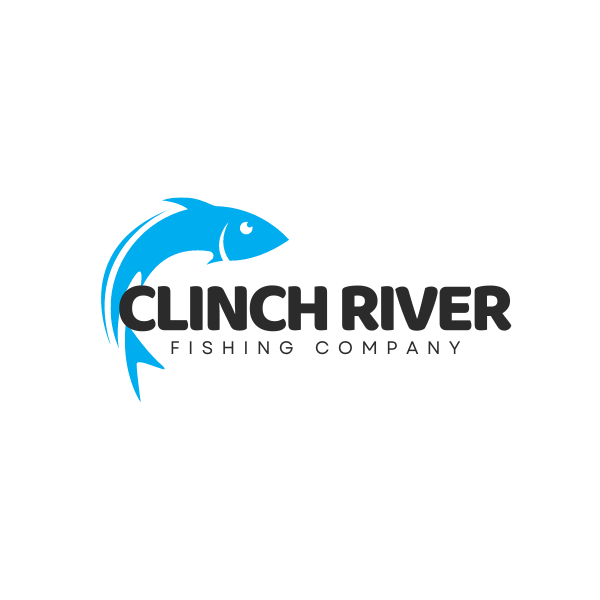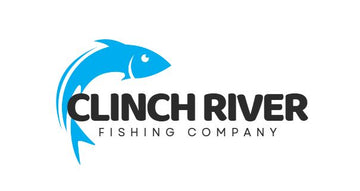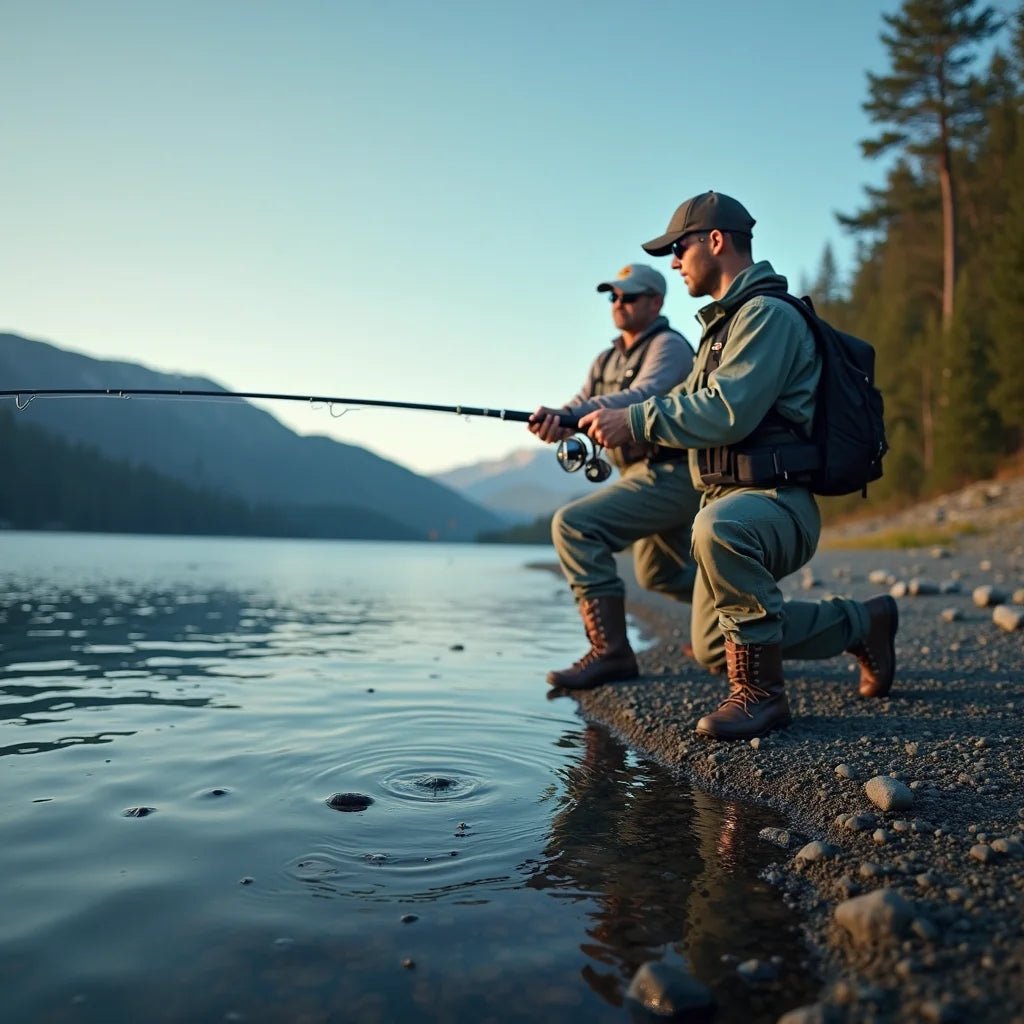Updated on: 2025-09-28
Table of Contents
- Fishing overview and benefits for calm, confident starts
- Fishing common challenges and thoughtful solutions
- Fishing gear comparison: pros and cons for sport fishing
- Fishing summary and recommendations you can adapt
- Fishing Q&A: thoughtful answers to common questions
Fishing can be a calm, rewarding way to spend time outdoors. Whether you see yourself enjoying relaxed angling on a pond or light sport fishing in rivers and lakes, a few clear decisions will make your first outings easier. This guide focuses on fishing gear, timing, and simple freshwater techniques. It is designed to be welcoming to beginners and helpful for anyone refreshing skills.
Fishing overview and benefits for calm, confident starts
Why fishing appeals to many anglers
Many people enjoy fishing because it combines quiet focus with small, satisfying wins. Angling encourages patience, simple observation, and steady improvement. It suits solo time as well as gentle social outings. You can start with modest gear, build skills over time, and enjoy a respectful connection to local waters. For ideas, updates, and a sense of community, browsing the Clinch River Fishing homepage can be a pleasant first step.
How to choose fishing gear for your first outings
Begin with a balanced setup. A medium-light to medium power spinning fishing rod paired with a 2000–3000 size spinning reel is a friendly place to start for freshwater fishing. Match it with 6–10 lb monofilament or 10–15 lb braid and a short fluorocarbon leader. Carry a small box with a few hooks, split shot, bobbers, and a selection of soft plastics or small spinners. This simple kit supports a range of fish species and keeps choices manageable.
If you prefer to read curated suggestions before you buy, the Guides section on the site offers helpful overviews that can reinforce your decision-making.
Finding the best fishing spots near me, responsibly
When you search for “best fishing spots near me,” consider access, safety, and local rules. Public parks, community lakes, and designated fishing piers are often friendly places to begin. Observe posted signs, avoid sensitive areas, and keep noise low. If you are unsure about regulations or seasons, local agencies usually provide clear, public information. Respectful behavior builds goodwill and helps everyone enjoy the water.
Fishing common challenges and thoughtful solutions
Timing and weather: What is the best time of day for fishing?
Light levels and activity cycles influence fish behavior. As a gentle rule, early morning and late afternoon often bring comfortable conditions and steady bites. Cloud cover can extend those windows. On calm days, quiet presentations work well; on breezy days, small waves can make fish less cautious. If you have only midday available, seek shade lines, bridge pilings, or deeper water where fish rest. Keep notes after each trip and you will soon notice patterns.
Tackle tangles and casting with a fishing rod
Line loops, wind knots, and backlashes are common for beginners. To minimize issues:
- Fill the reel to about 85–90% capacity to reduce loops.
- Close the bail by hand after each cast and give a gentle tug to set the line.
- Trim frayed line and retie knots as needed; small maintenance prevents larger problems.
- Practice short casts with a simple weight in an open area to build smooth timing.
These small habits add up. If you want more step-by-step visuals, browsing Latest posts is a considerate way to reinforce these techniques.
Reading water in freshwater angling
In ponds, watch for transitions: weed edges, drop-offs, and shade lines. In rivers and streams, begin with inside bends, riffle tailouts, and current breaks behind rocks or logs. Fish prefer spots that offer shelter, access to food, and a sensible energy trade-off. Cast slightly upstream of the target and let your lure or bait move naturally into the zone. This simple approach reduces snags and increases your chance of a clean presentation.
Fishing gear comparison: pros and cons for sport fishing
Rod and reel types compared
Understanding basic options helps you match tools to goals in sport fishing and everyday angling. Here is a concise overview:
- Spinning combo
- Pros: Easy learning curve, affordable, versatile for light lures and live bait.
- Cons: Line twist if overfilled or used with certain lures.
- Best for: Beginners and most freshwater scenarios.
- Baitcasting combo
- Pros: Precise control, strong drag, handles heavier lines and lures well.
- Cons: Backlash risk, steeper learning curve.
- Best for: Targeted presentations and heavier cover once you are comfortable.
- Telescopic/travel rod
- Pros: Compact, easy to carry.
- Cons: Some models feel less sensitive or durable.
- Best for: Occasional anglers or backpacking convenience.
Line and lure basics for beginner freshwater fishing tips
The line you choose influences casting, sensitivity, and hook sets:
- Monofilament: Forgiving, floats, and knots well. Friendly for topwater lures and bobbers.
- Braided line: Thin, strong, and sensitive. Add a short fluorocarbon leader for clear water.
- Fluorocarbon: Low visibility and abrasion resistance. Useful as leader material.
For lures, keep choices simple:
- Inline spinners and small spoons: Straightforward cast-and-retrieve.
- Soft plastics on jig heads: Easy to hop along bottom or swim near cover.
- Small crankbaits: Cover water efficiently and locate active fish.
If you enjoy hands-on advice, you can reach out through the Contact page to ask about rods, lines, or lure selection for your local waters.
Fishing summary and recommendations you can adapt
It helps to keep fishing simple while you build confidence. A balanced spinning setup, a short list of lures, and a basic plan for timing and location will carry you through your first season. Observe the water, move calmly, and give each spot a few thoughtful casts before relocating. Small improvements in knot-tying, casting, and lure control pay steady dividends.
- Start with one rod and work on smooth casts and accurate placement.
- Keep a small log: date, time, weather, location, and a few notes about bites.
- Rotate lures in this order: moving bait to find fish, then slower bait to encourage finicky fish.
- Match your line and leader to water clarity and cover.
- Choose quiet, respectful behavior; it helps everyone enjoy the shoreline.
As you progress, you may choose to add a second setup, learn new knots, or explore nearby rivers. When you feel ready for targeted advice, the site’s Guides can help you compare approaches, from finesse presentations to steady retrieve methods.
Next steps for gentle progress
Consider planning one short session each week. Focus on a single skill, such as casting underhand accurately, counting down a lure to different depths, or practicing a steady retrieve at various speeds. If you prefer a supportive community and recent tips, browsing Latest posts may provide new ideas and encouragement.
Fishing Q&A: thoughtful answers to common questions
What is the best time of day for fishing?
Early morning and late afternoon are often dependable windows because light, temperature, and insect or baitfish activity tend to align. Cloud cover can extend these periods. Midday can still be productive around shade, structure, or deeper water. Try to notice how wind, clouds, and water clarity change fish behavior in your local spots.
What gear do I need to start fishing?
A medium-light or medium spinning fishing rod, a 2000–3000 size reel, 6–10 lb mono or 10–15 lb braid with a short fluorocarbon leader, a few hooks, split shot, bobbers, small soft plastics, and a couple of spinners or spoons will cover many freshwater situations. Add pliers, small scissors, and a simple tackle tray. This compact kit supports both relaxed angling and light sport fishing.
How can I find the best fishing spots near me?
Start with public lakes, community ponds, piers, or shorelines with safe parking and clear access. Look for structure such as weed edges, drop-offs, pilings, and current breaks. Respect posted rules and keep areas clean. Local agencies and park maps often share helpful information on access and seasons, which can guide you toward reliable locations.

Owner and CEO of Clinch River FIshing USA. A marine electroncs, fishing and outdoor store.

